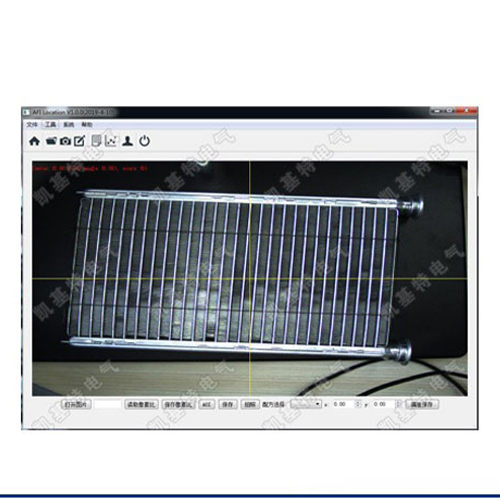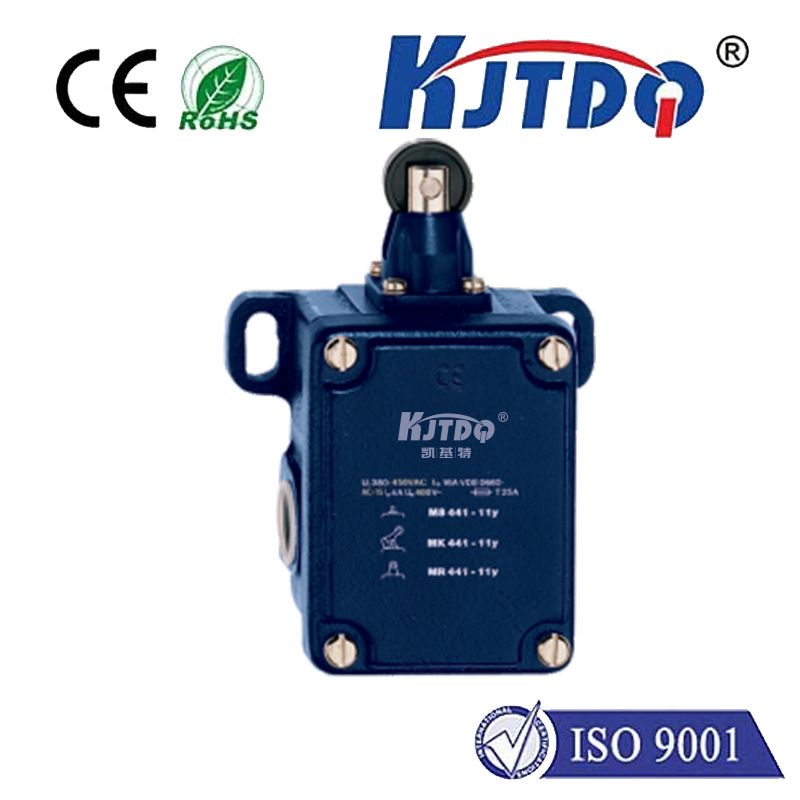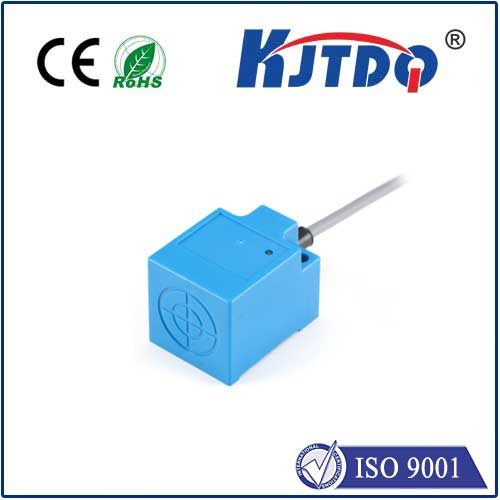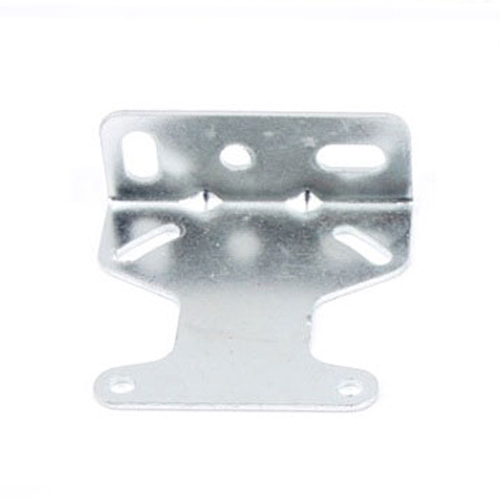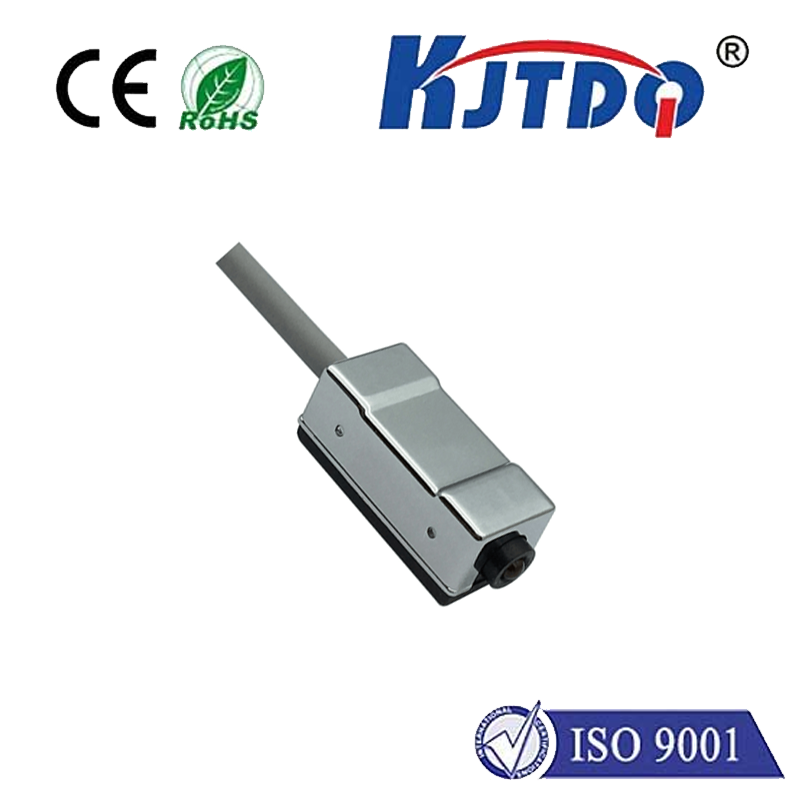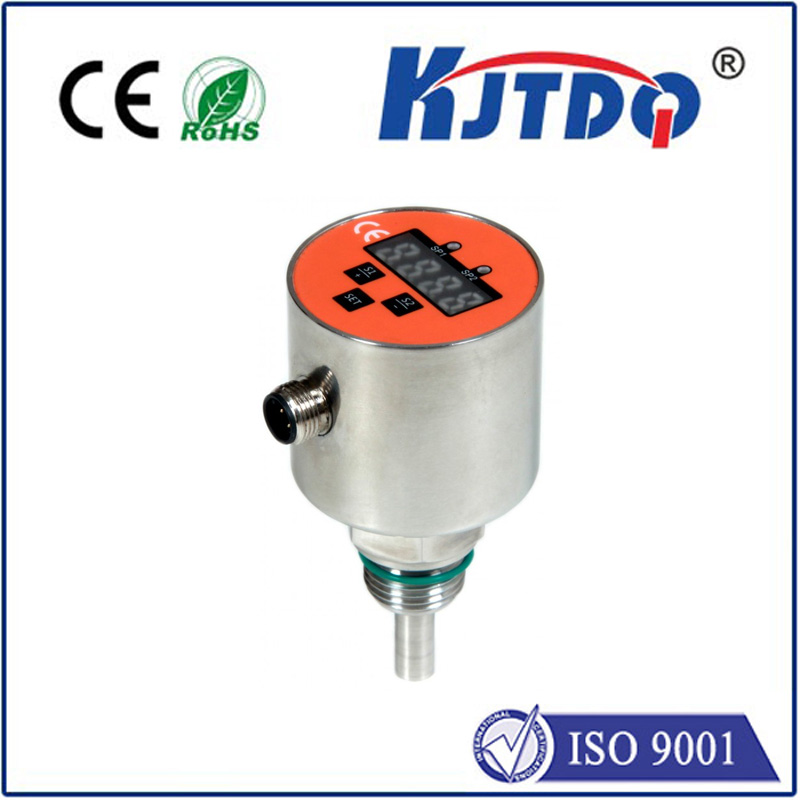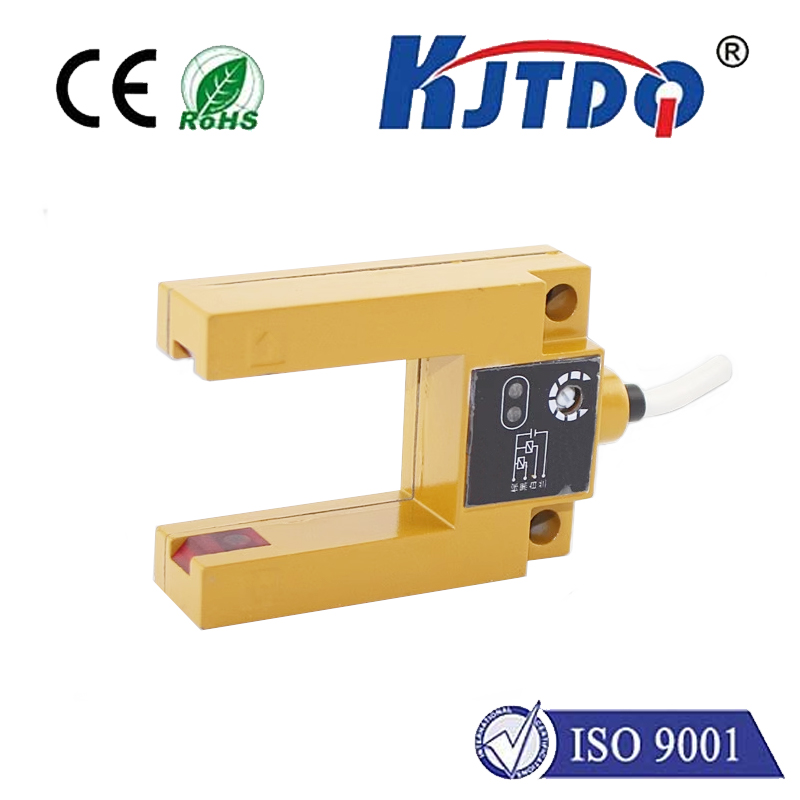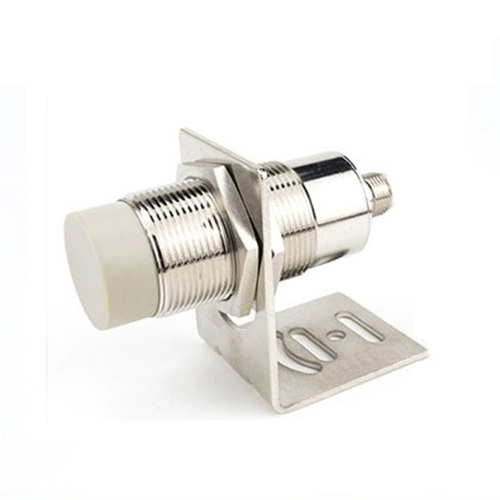Фотоэлектрический датчик дальнего действия
- time:2025-09-14 00:31:53
- Нажмите:0
Long Range Photoelectric Sensors: Revolutionizing Remote Detection in Industry
Imagine needing to detect the presence, absence, or position of an object hundreds of meters away, perhaps across a sprawling factory floor, a busy port terminal, or even a windswept outdoor site. Traditional proximity sensors fall short. This is where the remarkable capabilities of long distance photoelectric sensors truly shine, providing reliable, non-contact detection solutions far beyond the reach of their standard counterparts. These sophisticated devices are fundamental building blocks in modern automation, enabling precision and efficiency where distance and challenging conditions were once significant barriers.
The Core Principle: Light Beams Bridging the Gap
At their heart, all photoelectric sensors operate on the same fundamental principle: they emit a beam of light (typically infrared, visible red, or laser) and detect changes in the received light caused by an object interrupting or reflecting that beam. What differentiates a Фотоэлектрический датчик дальнего действия is its specialized design optimized to project a strong, focused beam and reliably detect that beam or its reflection over significantly extended ranges – often ranging from 10 meters to over 100 meters, and in specialized cases, even further.
This capability hinges on several key factors:
- High-Intensity Light Sources: Utilizing high-power LEDs or, more commonly for the longest ranges, focused laser diodes to generate a powerful, coherent beam of light that can travel long distances with minimal dispersion and retain sufficient energy for detection.
- Advanced Optics: Precision lenses focus the emitted light into an extremely narrow, concentrated beam and also collect the maximum amount of returning light onto the receiver element. This minimizes beam spread and maximizes signal strength at the receiver end.
- Sensitive Receivers: High-sensitivity photodiodes or phototransistors are employed to detect the faint light signal returning after traveling the long distance, even in the presence of ambient light interference.
- Sophisticated Electronics: Advanced circuitry is crucial for amplifying the weak received signal, filtering out electrical noise and background light variations (ambient light rejection), and providing stable, reliable switching outputs.
Types of Long Range Photoelectric Sensors

The basic operating modes translate well to long-range applications, each with distinct advantages:
- Thru-Beam (Opposed Mode):** The undisputed champion for maximum range and reliability. The emitter and receiver are separate units, facing each other directly. The object breaks the light beam traveling between them. Because the emitter sends its full power directly to the receiver, this configuration achieves the absolute longest detection distances (easily 100m+ with laser variants) and offers excellent immunity to target surface characteristics, color, or reflectivity.
- Retro-Reflective Mode:** Here, the emitter and receiver are housed in a single unit. The sensor emits a beam towards a specialized reflector (corner-cube retroreflector), which bounces the light directly back to the receiver. An object passing between the sensor and the reflector interrupts this return beam. Long range retro-reflective sensors are very popular as they only require wiring on one side (the sensor head), simplifying installation over long spans compared to thru-beam. Ranges typically reach 10-60 meters, depending on the reflector size and sensor power.
- Diffuse (Proximity) Mode:** Also a single-unit design, but it detects light reflected directly off the target object itself. While inherently offering shorter maximum detection ranges than thru-beam or retro-reflective modes due to reliance on diffuse reflection, long range diffuse sensors leverage powerful laser beams and advanced optics to achieve ranges significantly beyond standard diffuse models, often up to several meters (e.g., 2m to 15m). They are ideal when mounting separate components or a reflector isn’t feasible, but target reflectivity directly impacts performance.
Overcoming Challenges: Ensuring Reliability at Distance
Operating over long distances introduces unique challenges that long-range photoelectric sensors are engineered to address:
- Ambient Light: Sunlight, powerful lamps, or welding arcs can overwhelm the sensor’s receiver. Advanced sensors incorporate sophisticated ambient light rejection circuitry and often operate with pulsed, modulated light beams that the sensor’s electronics are specifically tuned to recognize, filtering out constant DC light sources.
- Signal Attenuation: Light intensity naturally diminishes over distance due to beam spread (diffraction) and atmospheric absorption (dust, fog, rain). High-power emitters (especially lasers) and sensitive receivers combat this. Laser-based sensors are particularly effective here.
- Precision Targeting: Over hundreds of meters, aligning a standard beam precisely can be difficult. Laser sensors offer an extremely narrow, visible beam that dramatically simplifies alignment and ensures accurate object detection within a small defined spot.
- Environmental Factors: Sensors may face extreme temperatures, vibration, moisture, or corrosive elements. Ruggedized housings (often IP67, IP69K rated or higher), wide operating temperature ranges, and stable components ensure performance in harsh industrial environments.
Where Long Reach Makes the Difference: Key Applications
The ability to detect objects non-contact from afar unlocks solutions in countless scenarios:
- Large-Scale Material Handling & Logistics: Monitoring object presence on extensive conveyor systems spanning warehouses, detecting vehicles or containers at dock doors or gate entries, controlling crane positioning in ports and shipyards.
- Parking & Toll Systems: Vehicle detection for gate control, toll booth loops, and parking space occupancy over wide lanes or multi-story structures.
- Bulk Material Level Monitoring: Detecting the presence or absence of material in large silos, hoppers, or stockpiles where sensors must be mounted distantly for safety or access reasons.
- Security & Perimeter Protection: Safeguarding large perimeters (fences, open areas) by detecting intrusion via beam breaks, often using multiple long-range thru-beam pairs to create an invisible fence.
- Forestry & Agriculture: Monitoring log positioning on conveyors in sawmills, detecting large agricultural equipment movement, or sensing crop height in automated harvesting over wide fields.
- Assembly Line Control: Synchronizing processes on very long production lines where components are spaced far apart.
Selecting the Right Long Range Photoelectric Sensor
Choosing the optimal sensor involves careful consideration of several factors:
- Required Detection Range: Clearly define the maximum operating distance needed. Allow a safety margin.
- Target Characteristics: Consider size, color, surface finish (shiny/matte), and material. Thru-beam sensors are least affected by these; diffuse sensors are highly affected.
- Operating Environment: Temperature extremes, dust, moisture, vibration, and potential for condensation or icing are critical for selecting the appropriate housing and ingress protection (IP) rating.
- Mounting Constraints: Can you have components on both sides (thru-beam)? Is there a clear path for a reflector (retro-reflective)? Or is one-sided mounting mandatory (diffuse)?
- Beam Visibility: Does alignment require a visible beam? If so, a visible red laser sensor is invaluable.
- Output Requirements: What type of output signal is needed (PNP/NPN, relay, analog)? What load does it need to switch?
- Special Features: Consider needs like background suppression (for diffuse sensors to ignore distant objects), synchronization capability (to prevent crosstalk when multiple sensors are nearby), or IO-Link compatibility for advanced diagnostics and parameterization.
The Indispensable Tool for Extended Reach
In an era demanding ever-increasing automation efficiency, safety, and monitoring across vast spaces, long distance photoelectric sensors stand as critical enabling technology. By overcoming the limitations of physics and harsh environments through advanced optics, powerful light sources, and intelligent electronics, they provide the reliable, non-contact detection essential for modern industrial, logistical, and security applications. Whether it’s a laser thru-beam securing a perimeter, a robust retro-reflective sensor monitoring stock levels in a giant silo, or a precision diffuse sensor ensuring component spacing on a lengthy conveyor, these versatile devices bridge distances that were once insurmountable, driving productivity and innovation forward.


